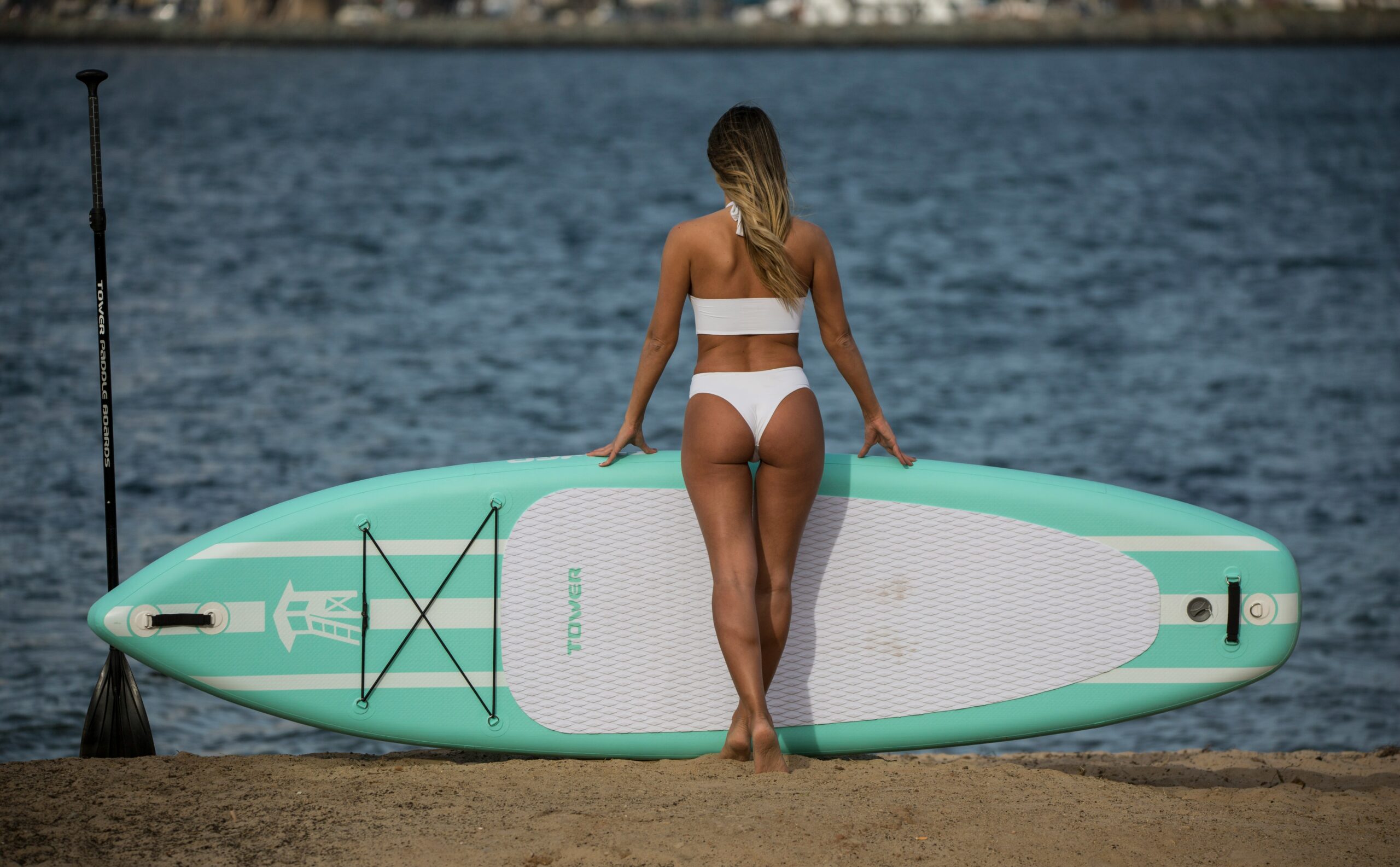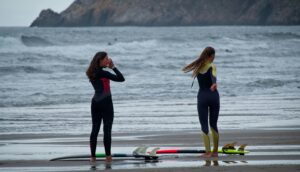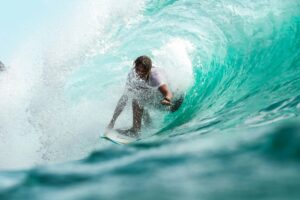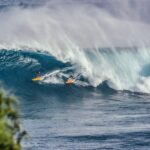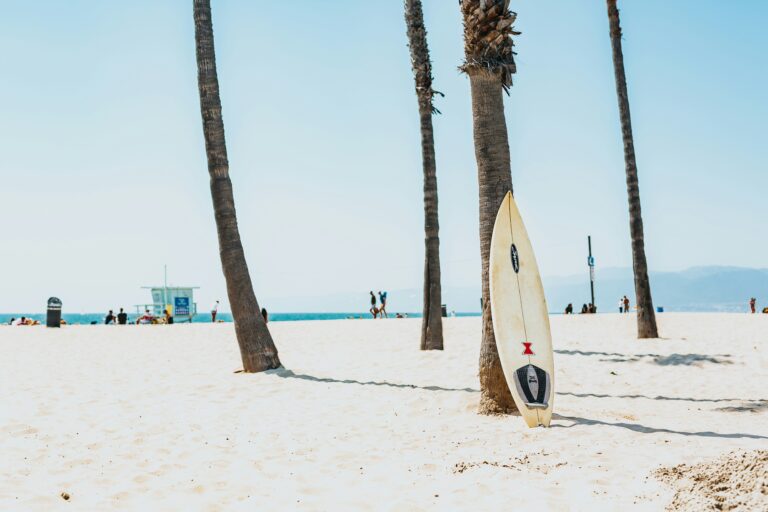Surfing is more than just a sport; it’s a lifestyle, a culture, and an art form. At the heart of this oceanic pursuit lies traditional surfing, also known as shortboarding. Shortboarding is where the exhilaration of riding waves meets the finesse of precise maneuvers. In this comprehensive guide, we’ll explore the ins and outs of traditional surfing, from its history and techniques to essential gear and tips for beginners. So wax up your board and get ready to paddle out into the world of shortboarding!
History of Traditional Surfing: Traditional surfing traces its roots back to the Polynesian islands, where it was practiced for centuries as both a recreational activity and a spiritual ritual. However, it wasn’t until the early 20th century that surfing gained popularity on a global scale, thanks in part to pioneering figures like Duke Kahanamoku, who introduced the sport to audiences around the world. Since then, traditional surfing has evolved into a highly competitive and revered discipline, with surfers continually pushing the boundaries of what’s possible on a wave.
Techniques and Maneuvers: At the core of traditional surfing are a variety of techniques and maneuvers that allow surfers to harness the power of the ocean and ride waves with style and precision. Some of the fundamental maneuvers in shortboarding include:
- Bottom Turn: A foundational maneuver in surfing, the bottom turn involves driving the surfboard down the face of the wave to generate speed and set up for future maneuvers.
- Cutback: A smooth, flowing turn that redirects the surfer’s momentum back towards the breaking part of the wave, allowing for continuous riding.
- Snap: A quick and aggressive turn performed at the lip of the wave, designed to release energy and create speed.
- Floater: A daring maneuver where the surfer rides atop the breaking section of the wave, often appearing to “float” across the water’s surface.
- Aerial: An advanced maneuver where the surfer launches off the lip of the wave and becomes airborne, showcasing agility and creativity.
Gear and Equipment: To excel in traditional surfing, having the right gear and equipment is essential. Here are some key items every aspiring shortboarder should have:
- Surfboard: Shortboards typically range from 5’6″ to 7’0″ in length and feature a pointed nose and narrow tail for increased maneuverability.
- Leash: A leash attaches the surfer’s ankle to the surfboard, preventing it from getting lost in the waves after a wipeout.
- Wax: Surf wax is applied to the surface of the board to provide traction and prevent slipping while riding.
- Wetsuit: Depending on the water temperature, a wetsuit may be necessary to keep the surfer warm and comfortable during long sessions in the water.
- Fins: Fins help stabilize the board and provide control while maneuvering on the wave, with options for different sizes and configurations to suit individual preferences.
Tips for Beginners: If you’re new to traditional surfing, here are some tips to help you get started on the right foot:
- Start with the Right Equipment: Choose a board that matches your skill level and size, and don’t be afraid to seek advice from experienced surfers or instructors.
- Focus on Fundamentals: Mastering basic techniques like paddling, popping up, and turning will lay a solid foundation for your surfing journey.
- Stay Patient and Persistent: Surfing takes time to learn, so don’t get discouraged by wipeouts or setbacks. Keep practicing, and you’ll gradually improve over time.
- Respect the Ocean: Always prioritize safety and respect for the natural environment while surfing, including following local regulations and etiquette.
- Have Fun: Ultimately, surfing is about enjoying the thrill of riding waves and connecting with the ocean. So relax, have fun, and savor every moment out on the water!
Conclusion: Traditional surfing is more than just a sport; it’s a timeless pursuit that celebrates the beauty and power of the ocean. Whether you’re drawn to the adrenaline of catching waves or the artistry of executing perfect maneuvers, shortboarding offers something for everyone. So grab your board, paddle out, and experience the joy of traditional surfing firsthand – the waves are waiting!


